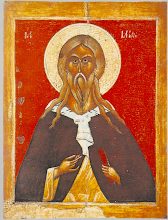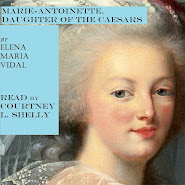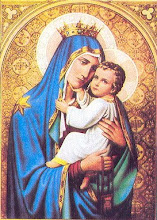"This is the chalice of my blood."
Currently, the priest refers to Jesus’ blood as having redemptive value “for all”:
“This is the cup of My blood, the blood of the new and everlasting covenant. It will be shed for you and for all for the forgiveness of sins…”
But as of November 27, the new translation replaces the words “for all” with “for many.”
Some have raised concerns that the words “for many” limit the universal scope of Jesus’ saving mission. They hold that the revision implies that Jesus did not die on the cross for everyone—that he offered his blood on Calvary not “for all” but just for a select group of people, “for many.” This is a misunderstanding of the text.
First, we should happily note that the new translation renders more exactly Jesus’ words at the Last Supper. There our Lord said that His blood was shed “for many” (see Matthew 26:28). It is also more harmonious with the Latin text of the Mass, as has been used for centuries.
Above and beyond all else, the new translation points to the grievous reality that, although Jesus died for all, not everyone chooses to accept the gift of salvation. Every individual must choose, with the aid of the Holy Spirit, to embrace salvation in Christ and live according to God’s grace, and so be counted among “the many,” the holy elect.
A number of Scripture scholars have observed that the particular language of the Last Supper recalls “the many” that are three times mentioned in Isaiah 53:11-12. In this prophecy, Isaiah foretold that God would eventually send His servant as “an offering for sin,” to bear the transgressions of “many” and making “many” righteous (Isaiah 53:10-12). Jesus, by speaking thusly of His own blood being poured out “for many,” consciously associated Himself with the Suffering Servant foreshadowed by Isaiah. Jesus is the One who offers His life for the “many.”
[....]
In closing, let us briefly consider one other change to the words of consecration: “This is the cup of my Blood” will soon become, “This is the chalice of my Blood.”
The choice to use “chalice” instead of “cup” reflects a formalized rendering of the Latin text. It underscores the solemn and sacred qualities of the liturgy. It also reminds worshipers that the bread and wine are no ordinary meal, but the Body and Blood of the Lord, offered in holy vessels set aside from daily use. (Read entire post.)



















